Description
Yerba Mate Tea Brief Introduction
Yerba mate tea, or yerba mate leaves, is the transliteration of the Spanish name. It is a large perennial woody plant in the family Iliaceae, with a general height of 12-16 meters. In the wild, it can reach up to 20 meters. Its leaves are emerald green and oval shaped, with small snow-white flowers blooming between the branches and leaves. It grows in South America.
Yerba mate tea originates from the Quechua language of the indigenous people of South America, meaning “mat í”, which means “pumpkin”. Because the initial container for drinking this beverage was made from the peel of this vegetable. Yerba mate tea is a symbol of worship and ritua. As well as a currency for communication with other pre Hispanic peoples such as the Inca, Charois, and Araucanians. The conquerors inherited the virtue and way of drinking Madeira tea from the Guarani people, and elevated this habit to the level of intense trade, from the initial planting areas to the entire Virrinato del R í o de la Plata.
Later, Jesuit missionaries incorporated this tea cultivation method into planting plans in Argentina, Paraguay, and Brazil. It was not until 1903 that the first small-scale yeba mate plantation spread in the Nuestra Se ñ ora de Loreto and San Javier regions of Santa Ana (Misiones Province) in Argentina. Therefore, yerba mate is also known as “Jesuit tea”, “tea from Paraguay”, and “missionary tea”.
Function
- Mateina has powerful antioxidants.
- Yerba mate leaves contains 8 of these B vitamins, are essential for human functions of energy production and red blood cells.
- It has all sorts of Mineral.
- Mateina can enhance vitality.
- It helps to reduce bad cholesterol.

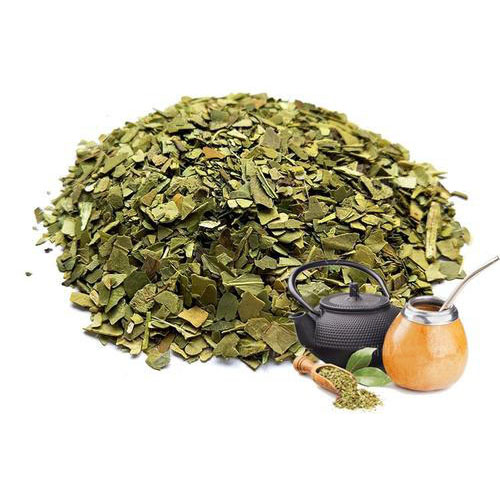
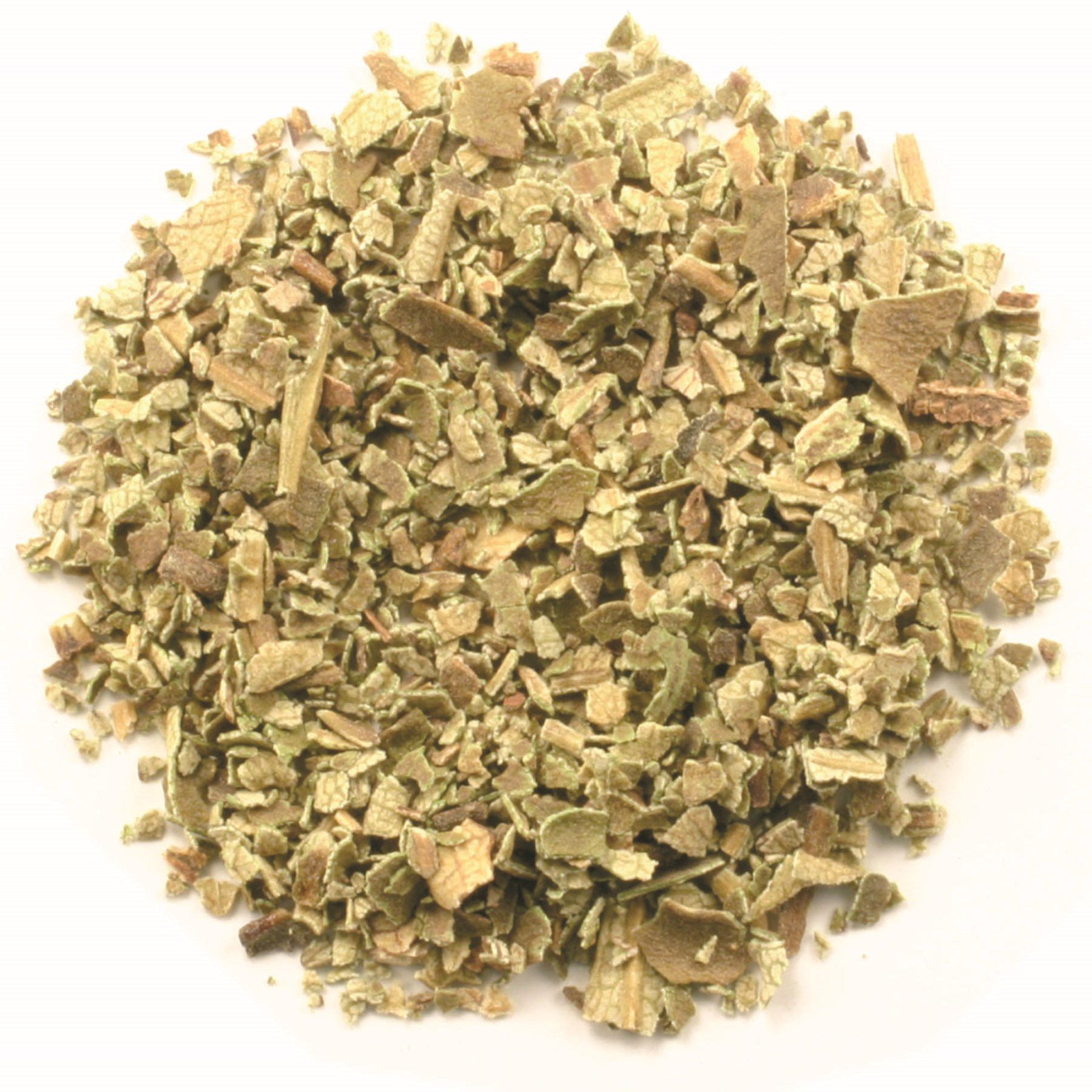
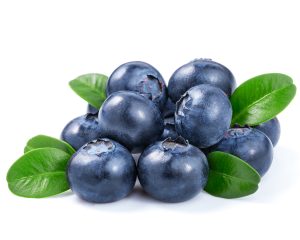
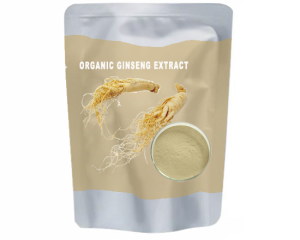
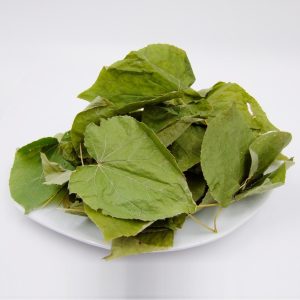
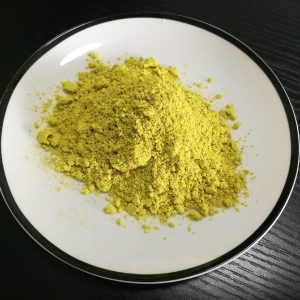
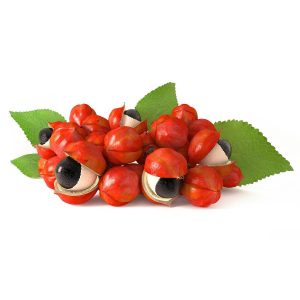
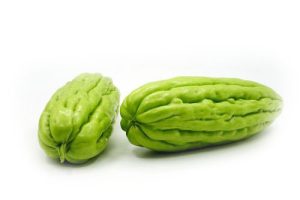
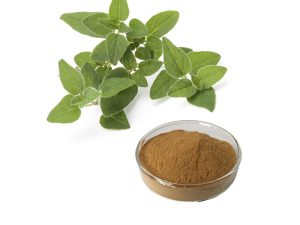
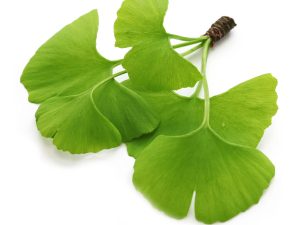
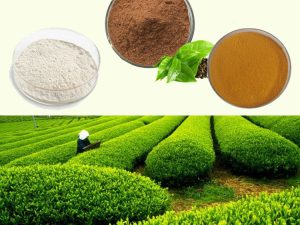
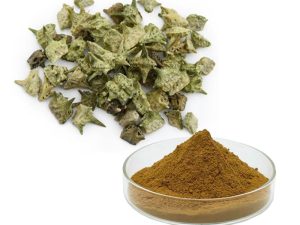
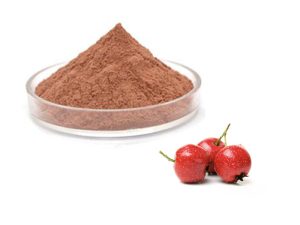
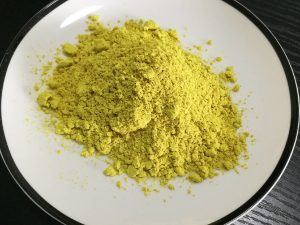
Reviews
There are no reviews yet.